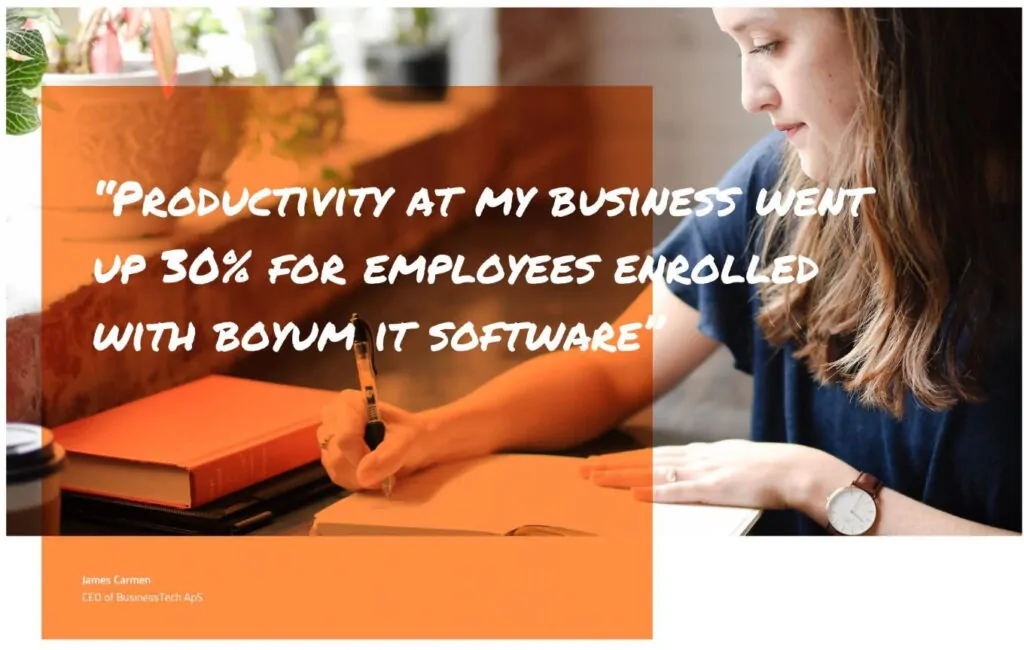ERP Implementations can be costly investments in time and money, but there are some simple steps that any company can take reduce waste and ensure the implementation is a profitable success.
1. Create a Budget
Before any major project it’s important to always set-up a budget! A budget helps you take account of any costs that might happen, such as:
- Hardware & Software costs
- Costs for your staffs time during the project
- Your own time, as well as other employees needed for the project
It’s also important to know the schedule of payments, and possible recurring fees. Your budget will not only save you from over spending, but also control your costs. Any ERP consultant will need to discuss budgets with you before a project gets started, so it’s best if you handle this internally first.
2. Leave Out Frivolous Customizations
Take a hard look at what is important to your main processes and cut out the rest. You may find that customizations are unnecessary when you implement a new ERP system. In fact, investing in a Business Process Assessment before an ERP implementation project will help to fully understand the processes that you’ll be automating through the new ERP Software. These automations may uncover how you can save enough money to cover the costs of the implementation! If it turns out you do need customizations, you can schedule those out for down the road after the initial implementation.
3. Only take what You Need
From an early age you’ve probably heard your parents say to you more than once, “Only take what you need”. Well that same parental wisdom applies to your software and what to add to it. ERP Systems today are developed to work for thousands of different companies, and flexible enough to work with their processes. Take advantage of packages, but be careful as they may only have limited versions of the modules you need.
4. Go to the Cloud (if you want to)
Today you no longer have to buy a full ERP system. Cloud-Based ERP Systems have the same features as an on premise system, but without the costs of infrastructure and hardware. To find out what the costs of going to the cloud are, and if you could save money, check out our Cloud Calculator.
5. Choose what Time Frame Works Best for You
A lot of time and work goes into implementing an ERP System. Find out from the start how much time you can dedicate to the project and when it’s best to complete the project. Consider your ‘busy’ times for production and sales, as going through an implementation during your busy season will only add stress and frustration, and possibly a loss of sales.
6. Get Help from your Executives
Executive buy-in on an ERP Implementation is a must, as employees will take their lead on how to approach the changes. Without the proper leadership, companies can expect longer (and costly) phases in testing and training, as the resistance will cause delays and errors. An executive, or at least a manager, should be in-charge of the implementation from the company’s side, working with the ERP consultant and insure that the project is moving forward internally. The implementation manger will also need the authority and backbone to nix any added projects, customizations and as well as help employees accept the changes in processes.
7. Bonus! Work with your ERP Implementation Team to set-up a Roadmap
A Roadmap is a clear plan, including budgets and time-frames, for the ERP implementation, and a seasoned ERP consultant will be able to guide you through the process and help set-up realistic expectations. An ERP consultant is more than just software and services, she’s an expert and trusted adviser for your team.
Considering an ERP Implementation?
If you’re considering an ERP Implementation for your manufacturing or distribution company, contact us for a free Initial Needs Analysis. This will help you understand your company’s needs and what processes can be automated to improve profits. We look forward to chatting with you!





















